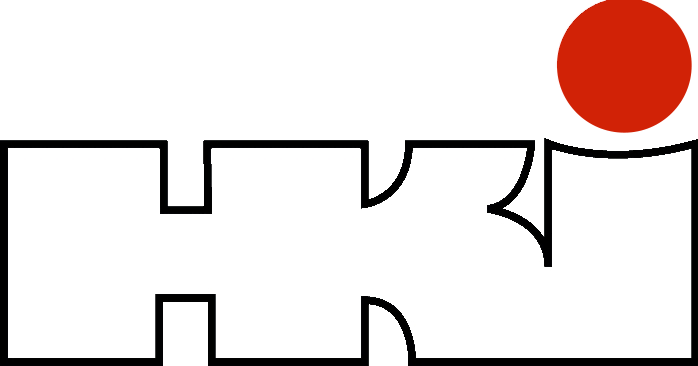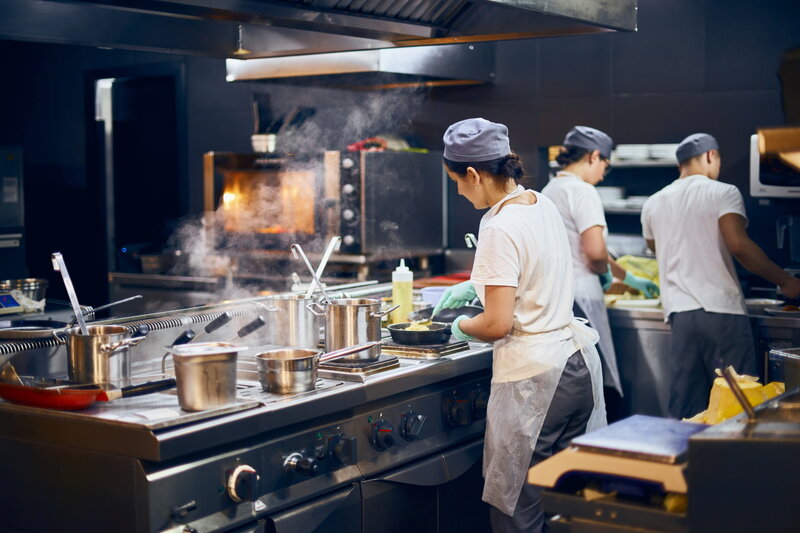The appliances of our member companies are state of the art. For many products, the efficiency is between 90 and 95 %. In this case, there is no more room to increase energy efficiency in purely technical practical terms. However, the appliance is only one factor. The user is at least as important, if not more so.
An example: taken on its own, a modern induction hob is appreciably more energy-efficient than a mass hob, which is an older technology. However, if, for example, to bring water to the boil, you use a pot with a lid on the mass cooktop and one without a lid on the induction cooktop, in this case you need significantly less energy with the mass cooktop. Another problem with user behaviour is idling. Appliances run even though they don't have to in order to avoid heating-up phases and thus waiting times. With most modern appliances, however, these heating phases are now much shorter than with old technology, so you could calmly turn them down or even switch them off when they are not being used.
For this reason, the manufacturers of commercial kitchen equipment organised in the HKI Industrieverband Haus-, Heiz- und Küchentechnik e.V. have compiled a practical overview in the form of a guide to energy efficiency in commercial kitchens entitled "Protecting the climate and cutting costs". It shows how energy can be used efficiently in commercial kitchens and how energy can be saved while maintaining the same quality. The guide is aimed at chefs, business managers and kitchen managers of commercial kitchens and communal catering facilities.
You can find the guideline free of charge here.

